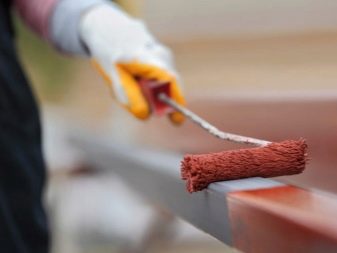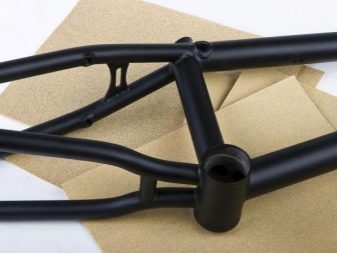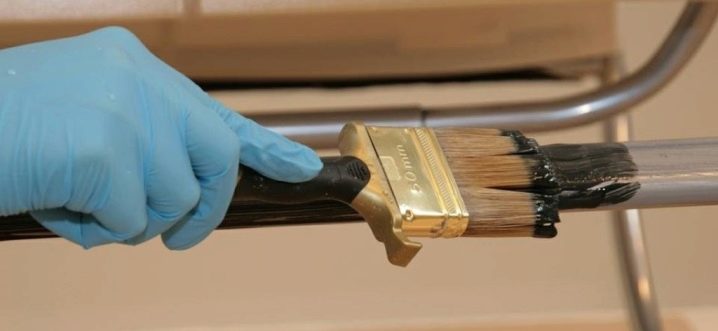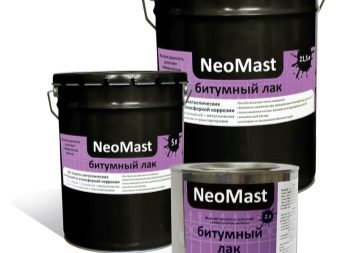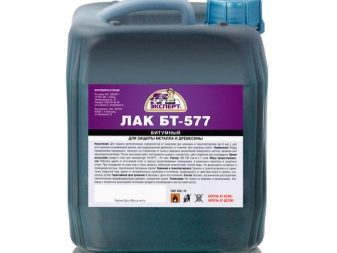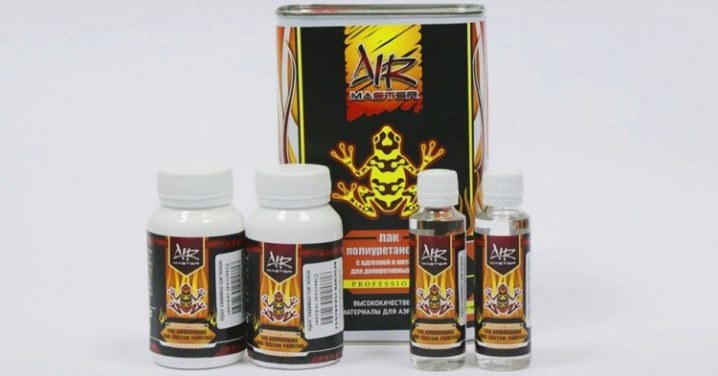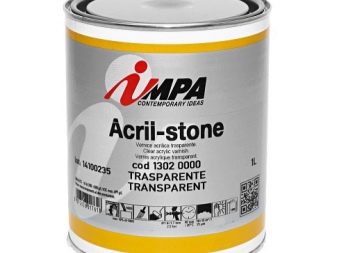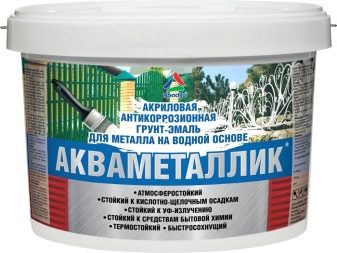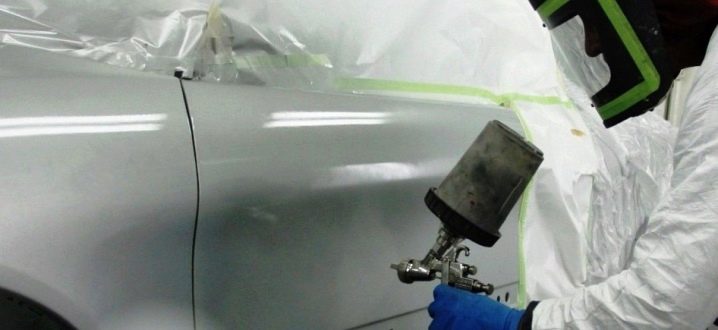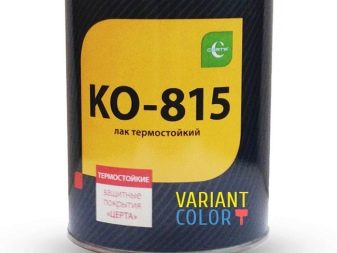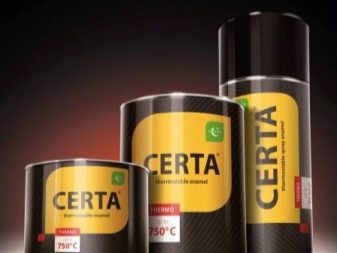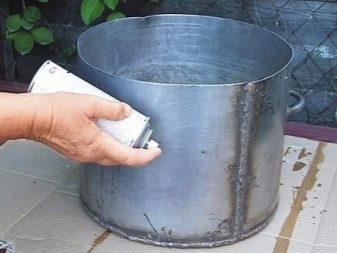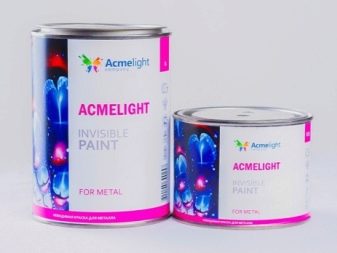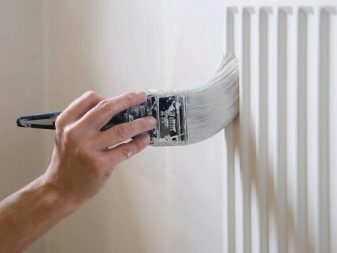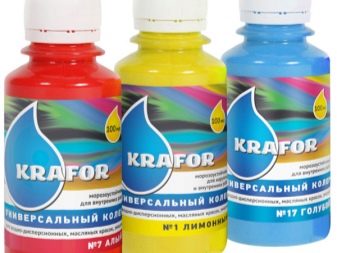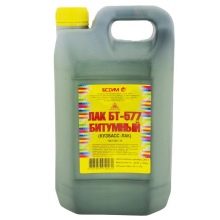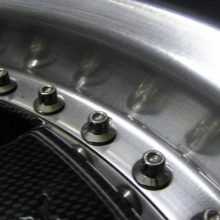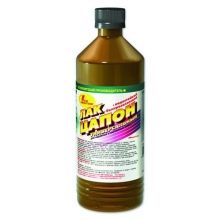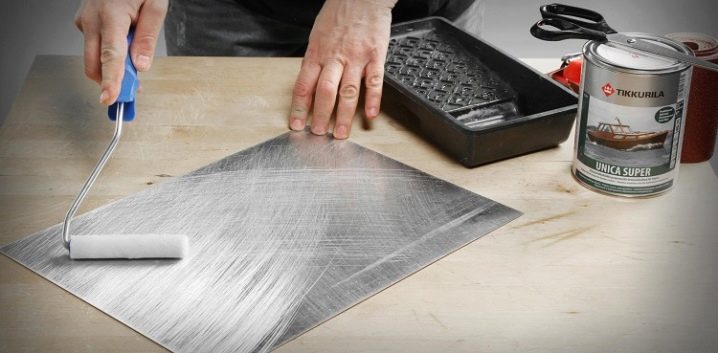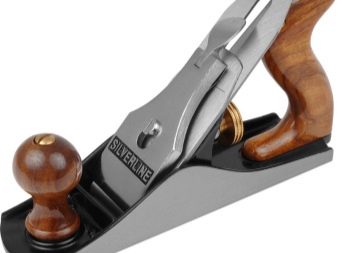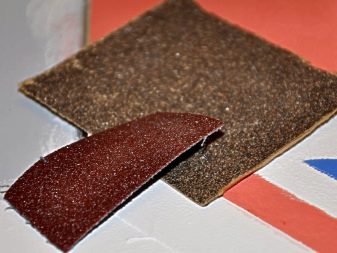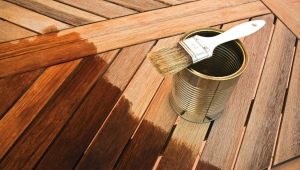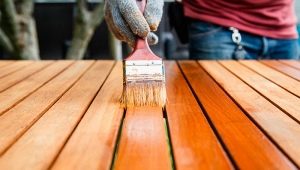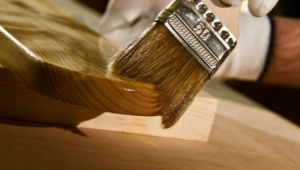Varnishes on metal: types and application
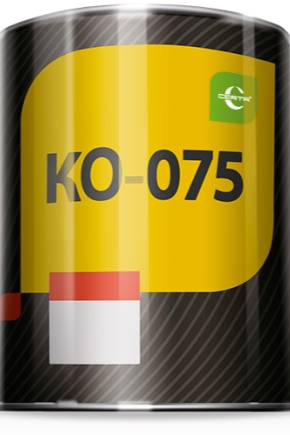
Despite the strength and durability of the metal, the surfaces of this material also need protection. First of all, it is necessary to exclude the influence of moisture, as well as excessively high or low temperatures, aggressive environment. To cope with the tasks allows the use of varnishes for metal.
Special features
Externally, this composition is no different from the usual varnish. It forms a transparent coating, although there are both color and black varnishes.
Among the main characteristics of lacquers for metal are usually distinguished the following:
- inertness to the effects of negative factors of nature;
- heat resistance;
- anti-corrosion due to moisture resistance and ability to protect metal surfaces from rust formation.
There are one- and two-component mixtures. The first are ready to eat, they need only be thoroughly mixed before applying. The latter are usually available in two containers containing a base and a hardener. Before use, they are mixed in the proportions recommended by the manufacturer.
Species
Metal varnish may have a different composition, which affects its characteristics and scope of application. Consider the most popular types.
Bituminous
The varnish is based on special bitumen, as well as polymer resins, organic solvents and additives. After application to the surface, it forms a solid black film. It is characterized by frost resistance, elasticity and elasticity, resistance to the influence of negative environmental manifestations and elevated temperatures. It should be noted environmental friendliness and antiseptic properties of the composition, as well as its versatility. They can process and protect not only metal, but also stone, wooden surfaces.
It can be applied during etching the surface - it covers those areas that are not subject to etching.Despite its high strength, the material is usually used as a temporary protective coating applied at the time of transportation or storage of products.
Polyurethane
The basis of the composition is polyurethane, so that it acquires improved strength properties and a pronounced anti-corrosion effect. Suitable for application on cast iron, copper, aluminum and steel bases, forms a transparent layer. Heat-resistant polyurethane lacquer can be operated at a temperature of -60 ... + 80C, and also shows wear resistance, weather resistance and chemical inertness. In combination with good adhesion and moisture resistance, the material becomes a reliable finishing coating, the service life of which is at least 10 years.
It is important that the composition is very easy to apply, you can work at a temperature of -30 ... + 60C. This quick-drying varnish does not form smudges. In the transparent composition, if desired, you can add color. The purpose of the product - the finish coating or metal processing before painting.
Acrylic
Waterproof acrylic lacquer is the optimal composition for protecting surfaces from ferrous and non-ferrous metals (as well as alloys based on them) operated in high humidity conditions.The active component of the product is an aqueous dispersion of acrylic resins. Since there are no solvents in the composition, this varnish is considered environmentally safe, therefore it is suitable for exterior and interior use. In addition, in the process of application and drying, it does not emit a specific unpleasant odor.
After drying (after 2–4 hours), a transparent, moisture-resistant layer forms on the surface. It is usually available in aerosol form. Sometimes sold in jars, then applied with a brush. Benefits include resistance to high temperatures, aggressive environment, moisture, UV rays, anti-corrosion effect, non-toxicity, incombustibility, ease of application and high drying rate.
Alkyd
Includes resins and polymers. After drying, it forms a durable moisture-resistant transparent glossy coating, therefore it is used for finishing, including for application over polyester powder paints. It is used both outside and indoors. Form release - aerosol.
Oven
Heat-resistant composition for the treatment of kiln and metal elements of stoves, fireplaces, barbecues - that is, the treatment of surfaces exposed to high-temperature heating and the influence of an open flame.Maintains heating to 250 C, resists to corrosion, the increased humidity. Kiln varnish as an additive may be present in the composition of all the varnish types discussed above.
In addition, there is a rusty lacquer for burnishing, used in the "resuscitation" of surfaces covered with traces of corrosion. In its composition of acid and metal shavings, after application, it turns rust into iron oxide, which is removed with a stiff brush. After that, the material should be covered with a suitable type of clear varnish.
Colors
Most varnishes are transparent, which allows them to be used as a final surface finish. These include polyurethane. Its following forms of release are distinguished:
- matt (emphasizes the texture and color of the base, has no gloss, visually allows you to hide minor material defects);
- glossy (it forms a shiny film on the surface, it looks solemn, but at the same time emphasizes the existing surface defects).
If you want to change the shade of the base, you can use colored varnishes. Such a composition can be purchased in finished form or to achieve the desired shade by mixing a transparent varnish and color scheme.An important point - the last two compositions must be compatible. For example, for an acrylic lacquer, you should choose a color on an acrylic basis.
In addition, there are products that do not change the color of the product, but make it half a tone or darker. That is the bituminous composition. When applied to cast iron and most metals, a deep black color is obtained.
Manufacturers
Bitumen Kuzbass-Lak is widely known, demonstrating high moisture resistance and improved strength indicators combined with affordability. To create colored surfaces, you can use the well-proven Nitrolak "Tsapon".
Positive feedback from customers has "Ecolar-PU", designed for application to metal products. The resulting coating is smooth, transparent, so the composition is used for the final finish. However, this does not deprive of its protective properties. It is suitable for cast iron, steel, galvanized, copper and aluminum alloys, including for application to the internal surfaces of water storage tanks. The best adhesion indicators are achieved with the preliminary use of primer and enamel of the same brand.
Scope of application
Metal lacquers can be applied to stainless steel, cast iron, aluminum, copper, low alloy steels, as well as alloys of these metals. Depending on the type, they are suitable for exterior and interior work, there are also compositions that are universal in their purpose.
Non-toxic acrylic variants can be used for internal processing of water storage tanks, chemically inert analogues for processing internal surfaces of mineral wagons, containers for storing petrochemical products, alcohols, alkalis, acids.
Industrial equipment, metal floors, as well as products made of metals, operated indoors, installed in the open air or under a canopy, are subject to mandatory varnishing.
All compositions primarily have protective characteristics, some of them at the same time perform a decorative function, forming a matte or glossy finish.
Tips and tricks
The quality of the varnished coating depends largely on the quality of the base. To obtain positive results, it needs preparation. First of all, the working base is subjected to grinding with the use of a special tool - grinding.
It allows you to remove burrs, rust and other defects.After the application of the grinder, the surface should be cleaned from dust and additionally polished with sandpaper. Coarse-grained paper is used first, and then fine-grained paper. Sanding sandpaper should be carried along the surface, this will avoid the appearance of noticeable scratches.
For metal products that have bends or complex shapes, spray paint should be selected. Before use, the composition in the container should be shaken, and the contents of the jar mixed thoroughly. Experts recommend applying lacquer in 2-3 layers.
In the next video, see the review of universal varnish "Tsapon".
